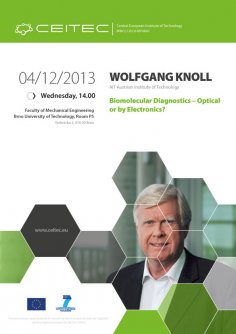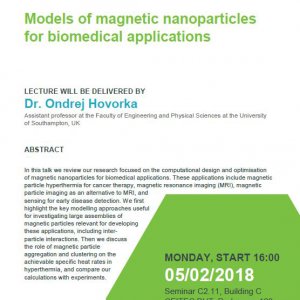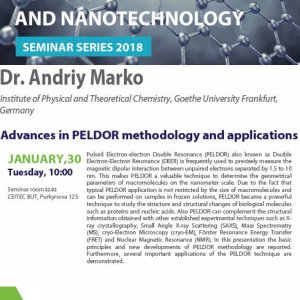Abstract:
The race in Protein and DNA diagnostics between optical detection principles (fluorescence, surface plasmons) and electrical/electrochemical/electronic concepts is not decided yet. Both scientific communities continue to offer solutions for fast, multiplexed, simple and cheap detection of proteins, oligonucleotides, PCR amplicons, etc. Most likely, the competition will never see a single winner that meets all needs because the different practical formats and applicational environments, as well as, market requirements may ask for specific and unique solutions that could be better achieved in one case by optics and in another situation by electronics.
Along these lines, we will briefly review the state of the art in both categories of protein and DNA diagnostics and will then present a number of examples of what has been demonstrated for the sensitive detection of DNA in (from) solution by monitoring surface hybridization reactions of target strands binding from the analyte solution to surface-attached capture oligonucleotides, for the quantitative monitoring of proteins, e.g., antibodies binding directly to the surface-immobilized antigen or for the detection of small analytes by a concept analogue to the commercial ELISA protocol. A particular emphasis will be put on the physico-chemical principles of these surface recognition and binding (or dissociation) reactions in order to be able to develop criteria of how to optimize sensitivity, selectivity, e.g., for the detection of single nucleotide polymorphisms (SNPs), etc., in DNA diagnostics, or for the quantitative recording of extremely low protein concentrations.
The examples given include
- SNP detection in singly and doubly mismatched oligonucleotides and amplicons;
- demonstration of the limit of detection in these surface hybridization reactions;
- multiplexed recording of surface hybridization reactions via quantum dot- labelled targets;
- the use of uncharged peptide nucleic acids (PNAs) as capture probes instead of the highly charged DNA;
- label-free detection of DNA by electrochemical techniques,
- organic field-effect transistor- (OFET-) based monitoring of hybridization reactions, and graphene transistor based detection of odorant molecules.
Prof. Knoll's lecture will be followed by another lecture entitled "Plasmon-enhanced fluorescence biosensors: amplification strategy in fluorescence assays" delivered by Jakub Dostálek, PhD. The abstract can be found HERE.
The event has been supported by the EU Seventh Framework Programme under the "Capacities" specific programme (Contract No. 286154 - SYLICA)









